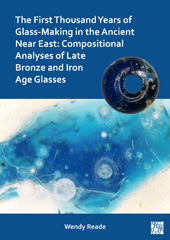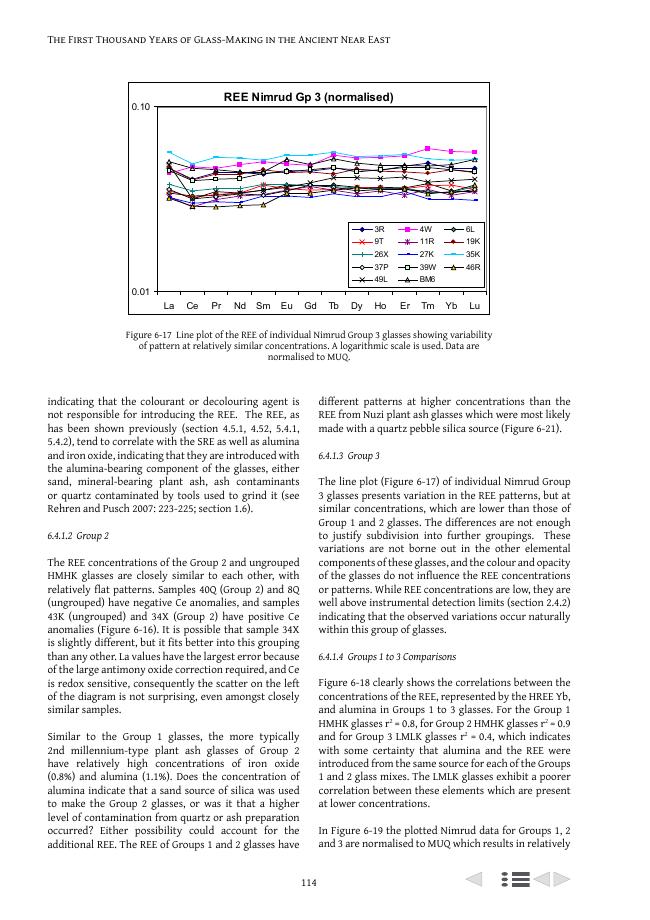2021 - Archaeopress Publishing
E-book
Digital Version
Download | Copy/paste | Printing
The First Thousand Years of Glass-Making in the Ancient Near East : Compositional Analyses of Late Bronze and Iron Age Glasses
274 p.
- Glass-Making in the Ancient Near East explores glass composition and production from the mid-second to mid-first millennia BC, essentially the first thousand years of glass-making. Multi-element analyses of 132 glasses from Pella in Jordan, and Nuzi and Nimrud in Iraq (ancient Mesopotamia), produce new and important data that provide insights into the earliest glass production. A novel method for data interpretation and presentation has been developed and used to characterise the glass types and to investigate questions of composition, raw materials, regional differences and similarities, and changes through time from the earliest consistent glass manufacture as represented at 16th century BC Pella, which is compared with Late Bronze Age Nuzi, to the Iron Age at both Pella and Nimrud. These compositional data are compared with available glass compositional data from the widespread regions of the Levant, Mesopotamia, Egypt, Iran and France, uncovering fascinating connections that, when placed in the archaeolog
- ical context, reveal much about glass production, raw material sources, and distribution of finished and raw glasses. Technological innovations, including the introduction of natron-fluxed glasses, early decolouring with antimony, and the use of Egyptian cobalt colourant in Near Eastern glasses, are explored as part of this unique investigation of the critical developments in sophisticated and complex glass-making that laid the foundations for the establishment of large-scale production in the ensuing Hellenistic and Roman periods. [Publisher's text].
-
Information
ISBN: 9781789697049
DISCIPLINES
KEYWORDS
- Glass, Glass-Making, Near East, Mesopotamia



